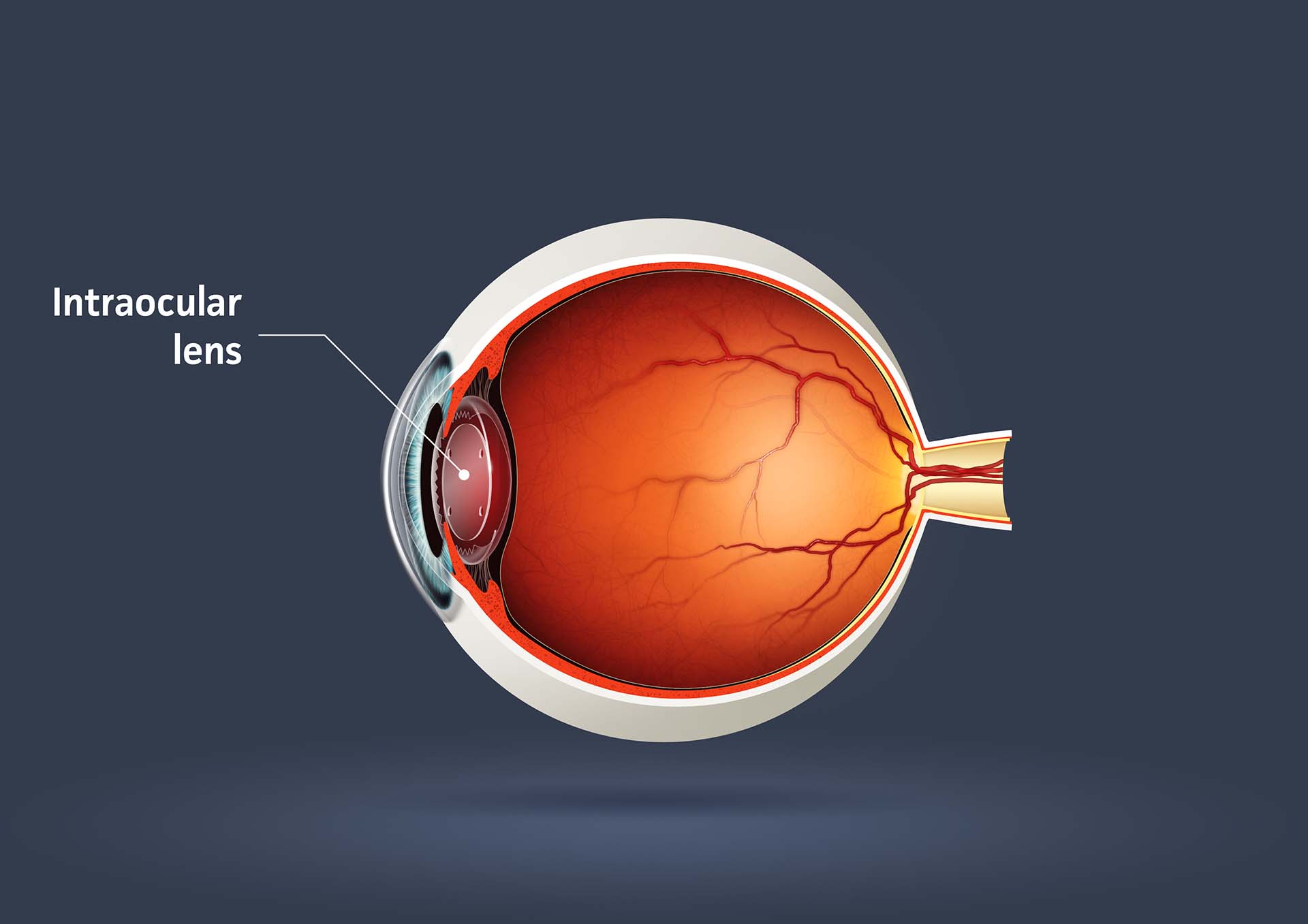
Intraocular lenses
Intraocular lenses are miniature artificial lenses that are implanted in the eye and remain permanently in it, without any difficulties and discomforts. These lenses are made of biocompatible materials, which the eye does not treat as a strange thing. Intraocular lenses assume the function of natural eye lenses and successfully correct nearsightedness (minus diopter), shortsightedness (plus diopter) and astigmatism.
Intraocular lenses
[nggallery id=66]We are one of the few clinics that perform implantation of all types of intraocular lenses made by world’s most renowned manufacturers (Alcon, AMO).
The implantation of intraocular lenses is performed in two cases:
- If a person has a cataract (blurriness of the natural eye lens). This is also the only way to cure cataract.
- If a person does not want to use glasses, he/she is not a suitable candidate for laser eye surgery (due to age, diopter value, insufficiently thick cornea or some other reason).
Types of intraocular lenses:
STANDARD LENSES
- Aspheric intraocular lenses are standard intraocular lenses used to correct minus or plus diopter. They provide a clear focus at a distance, which means that after the surgery, with 90-95% probability, you will see well at a distance without glasses, and that you will need the near vision glasses (reading, writing, working on a computer, manual work, etc.). These lenses can be implanted into both or just one eye.
- Aspheric natural intraocular lenses have the same characteristics as classical aspherical lenses with the addition of a yellow filter that protects the yellow spot of the retina from harmful UV rays. These lenses can be implanted into both or just one eye.
- Toric monofocal intraocular lenses simultaneously correct plus or minus diopter and astigmatism (irregular curvature of the cornea). People who have astigmatism have so-called cylinders in their eyeglasses. By implanting these lenses, a good distance eyesight is achieved, without using glasses, in about 90-95% of cases, while glasses are needed for the near eyesight. It is possible to implant these lenses into both or just one eye.
 PREMIUM LENSES
PREMIUM LENSES
- Multifocal intraocular lenses with an addition for near vision are lenses by implantation of which, in 90-95% of cases, an excellent eyesight is achieved without the use of eyeglasses, for both near and distance eyesight. They are suitable for people who work, have glasses for near and distance vision, but they want to wear them minimally or do not want to wear them at all. They are not recommended to professional drivers, or people who often drive in night-time driving conditions. These lenses are always implanted into both eyes, because the full effect is achieved in this way.
- Multifocal natural intraocular lenses have the same characteristics as multifocal lenses, with the addition of a yellow filter that protects the yellow spot of the retina from harmful UV rays. These lenses are always implanted in both eyes, because the full effect is achieved in this way.
- Multifocal toric intraocular lenses combine the common characteristics of multifocal and toric intraocular lenses, i.e. they are suitable for people with astigmatism who do not want to use or want to use glasses minimally after surgery. These lenses are always implanted into both eyes, because the full effect is achieved in this way.
- Trifocal intraocular lenses represent a new generation of lenses that have three focal points, so in addition to good distance and near vision (about 40 cm), they provide patients with a good vision at a medium distance (60 cm), without or with minimal use of glasses. The light distribution is always identical for all three distances, regardless of lighting conditions and the pupil width, and this makes these lenses unique in the world. The rate of secondary cataracts is also very low. With these lenses, patients can read, drive, work on the computer, watch TV, look at the watch or mobile phone, shave or put on the make-up, play sports, swim, dive and perform other everyday activities without or with minimal use of glasses. It is especially important for people who spend a lot of time on the computer. These lenses are always implanted into both eyes, because this results in a full effect.
Leave A Comment
You must be logged in to post a comment.